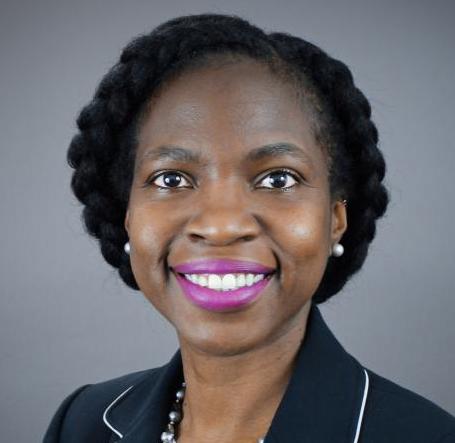It’s widely understood that the pandemic has intensified racial disparities across many dimensions of our society, including employment, health and education.
Public universities and community colleges—which serve a large share of racially minoritized and low-income students—saw significant enrollment declines last fall. This does not bode well for racial and socioeconomic disparities in education attainment.
As higher education institutions look to strengthen their equity efforts, remedial education reform is crucial. Early barriers prevent students from building momentum that can propel them to graduation.
It is imperative to design pathways that ensure all students—whether they’re young people arriving out of high school or adults balancing work and family—get early and sustaining academic wins.
More from UB: Were ‘B’ students really enrolled at higher rates than ‘A’ students?
This is the aim of the corequisite support model, which more than a dozen states have implemented at scale in recent years with support from Complete College America. Leaders in these states rejected the traditional remedial model, which focuses on the perceived shortcomings of incoming college students, deciding to instead address institutional shortcomings.
How quickly the needle can move
Implementing corequisite support is a win-win for students and institutions. All states must swiftly enact this strategy to improve the lives of Black, Latinx and low-income students, who are disproportionately placed into traditional remediation.

The corequisite support model is different. Students are immediately enrolled in credit-bearing, college-level gateway courses, while also taking a corequisite support course the same semester. They begin earning credits toward a degree while receiving appropriate supports to ensure their success.
Data proving the corequisite model’s undeniable value—especially among low-income and racially minoritized students—has become overwhelming. Students are more likely to complete gateway courses and graduate when they do not have to spend time and money on long sequences of noncredit-bearing remedial courses.
The University System of Georgia shows how quickly the needle can move. Since abandoning traditional remedial approaches in favor of corequisites in 2015, its campuses have seen the percentage of students who complete college-level gateway courses double.

Math course completion rates of African-American and Latinx students rose more than 45 percentage points, reaching 65% and 71%, respectively. The system has effectively closed its institutional performance gaps through corequisite support and related strategies.
Creating ‘student-ready colleges’
Over the years, as Complete College America has worked with institutions to scale reforms, many have raised concerns about the costs of developing new corequisite courses. We believe such concerns, while important, need to be re-examined.
Emerging evidence suggests the benefits of change outweigh the cost: With more students persisting through degree programs, tuition revenues rise. For example, after West Virginia community colleges moved to the corequisite model, they saw an increase in tuition revenue of $54,000—and that was just the first year, before wide-scale adoption.
Of course, transforming remediation is fundamentally about supporting student success, not money. What is needed is a philosophical shift in mindset from producing “college-ready students” to creating “student-ready colleges.”
Traditional remediation is deficit-oriented. In contrast, the corequisite model is opportunity-oriented: It looks to build on existing skills by providing critical supports that drive success.
During the last decade we have seen the corequisite support model adopted by colleges and universities across the country. This national reform movement should be celebrated—but its pace must accelerate to reflect the urgency of the problem.
The good news is that implementing change at scale can happen swiftly when leaders are committed. We encourage institutions, systems and states to use the new Complete College America report as a playbook for change; it offers best practices for shifting policy and implementing proven strategies. There is no need to reinvent the wheel.
Sparking greater equity
Reform is not a one-time proposition, of course—it is an iterative process of continuous improvement. And corequisite supports are just one dimension of the broader systems change required to spark greater equity and student success.
More from UB: State-by-state look at colleges requiring COVID-19 vaccines
In the coming months and years, our organizations will continue to work with leaders in both government and higher education to reshape the forces that determine college outcomes and spur institutional transformation. We will advance a student-centered agenda built around new policies, practices and research that changes the narrative from failed student achievement to the real issue of institutional performance gaps.
The traditional remedial model is a clear example of a failed structure that perpetuates racial and economic disparities. With a historic crisis highlighting our society’s inequalities, we must move beyond talking about problems to implement proven scalable solutions.
It’s past time for all schools to prove their commitment to greater equity by embracing sustainable systems change. What’s at stake is nothing less than improving the life chances of millions of college students. There’s no excuse for continued inaction.
Yolanda Watson Spiva is president of Complete College America. Maxine Roberts is the director of Strong Start to Finish.







